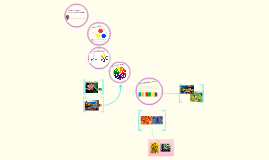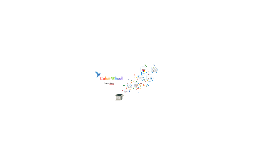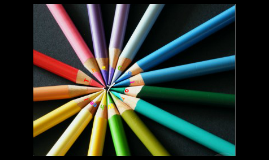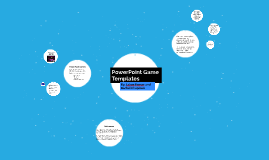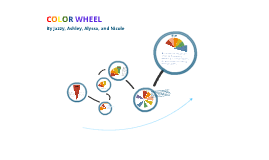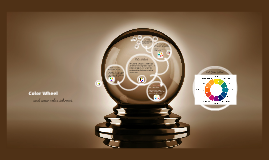Color Wheel
Transcript: In paint pigments, pure Yellow, pure Red, and pure Blue are the only hues that can't be created by mixing any other colors together. A Monochromatic Color Scheme is created by taking any one of the twelve Hues from the Basic Color Wheel and repeating it in various Tints, Shades and Tones. Warm Colors & Cool Colors (Color Wheel Artist) Yellow Compementary Color Color Wheel I. Primary Colors A color circle, based on red, yellow and blue, is traditional in the field of art. Sir Isaac Newton developed the first circular diagram of colors in 1666. Since then, scientists and artists have studied and designed numerous variations of this concept. Differences of opinion about the validity of one format over another continue to provoke debate. In reality, any color circle or color wheel which presents a logically arranged sequence of pure hues has merit (Color Wheel Artist). the yellows and reds of the color spectrum, associated with fire, heat, sun, and warmer temperatures; also called hot colors. If the visible portion of the light spectrum is divided into thirds, the predominant colors are: red green blue Analogous color schemes use colors that are next to each other on the color wheel. They usually match well and create serene and comfortable designs. Analogous color schemes are often found in nature and are harmonious and pleasing to the eye (tigercolor.com). Primary Colors Color Wheel Primary colors of art Tertiary Colors: Yellow-orange, red-orange, red-purple, blue-purple, blue-green & yellow-green These are the colors formed by mixing a primary and a secondary color. That's why the hue is a two word name, such as blue-green, red-violet, and yellow-orange. the blues and greens of the color spectrum, associated with water, sky, ice, and cooler temperatures; also called cold colors In theory, the Primary Colors are the root of every other hue imaginable. The primary pigments used in the manufacture of paint come from the pure source element of that Hue. There are no other pigments blended in to alter the formula. There are two types of primary colors: primary colors of the visible light specturm and primary colors of art. some white to get lightest Tints tiny drop of black to get darkest Shades a little gray to Tone things down more Orange to increase color Secondary Colors: Green, orange and purple These are the colors formed by mixing the primary colors. http://designwashere.com/complementary-colors-in-web-design/ http://chemistry.tutorvista.com/inorganic-chemistry/visible-spectrum.html http://www.color-wheel-artist.com/primary-colors.html https://moonleafstudios.wordpress.com/2011/11/01/some-color-theory/ http://designwashere.com/complementary-colors-in-web-design/ http://www.tigercolor.com/color-lab/color-theory/color-harmonies.htm https://tommybeautypro.wordpress.com/2013/01/05/makeup-101-colour-theory-make-up-artistry/ Complementary colors are pairs of colors which, when combined, cancel each other out. This means that when combined, they produce black, or if colored light (rather than pigment) is used, they produce white. When placed next to each other, they create the strongest contrast for those particular two colors. Due to this striking color clash, the term opposite colors is often considered more appropriate than "complementary colors" (wikipedia). Primary Colors: Red, yellow and blue In traditional color theory (used in paint and pigments), primary colors are the 3 pigment colors that can not be mixed or formed by any combination of other colors. All other colors are derived from these 3 hues (colormatters.com). Viola Peng Color Wheel Primary colors of the visible light spectrum Monochromatic Color Scheme Warm Colors Example: Variations of Orange Primary Colors (Spectral and Artistic) Color Wheel primary add secondary add tertiary Complementary Colors Monochromatic Color Scheme Analogous Colors Warm Colors & Cool Colors References Color Wheel II. Secondary Colors Cool Colors Red Blue Color Wheel III. Teriary Colors Analogous Colors Table of Content References






